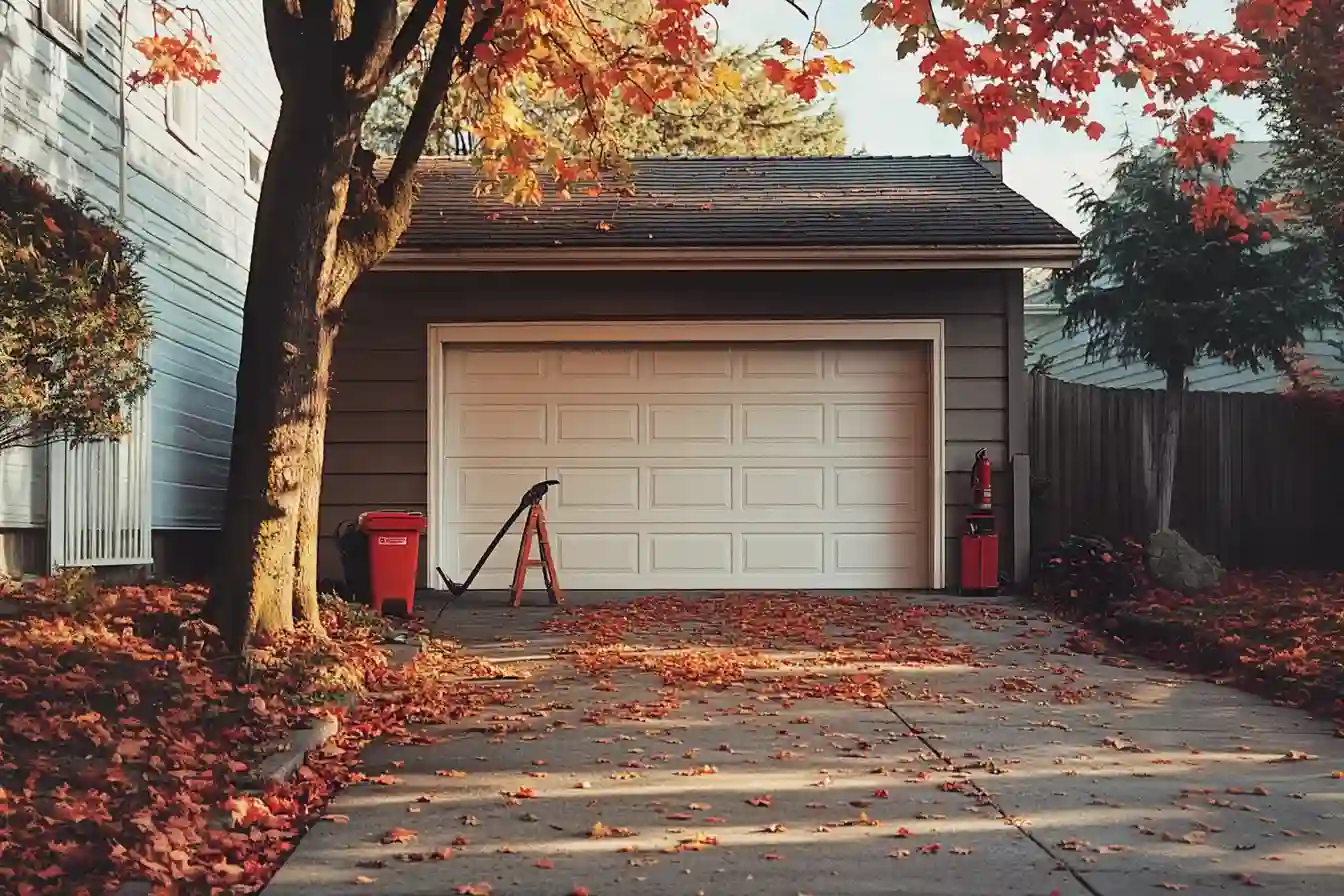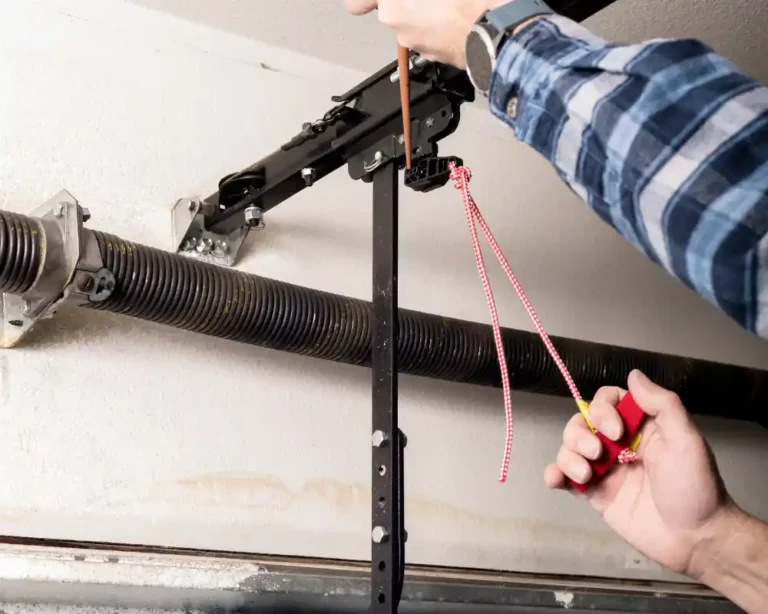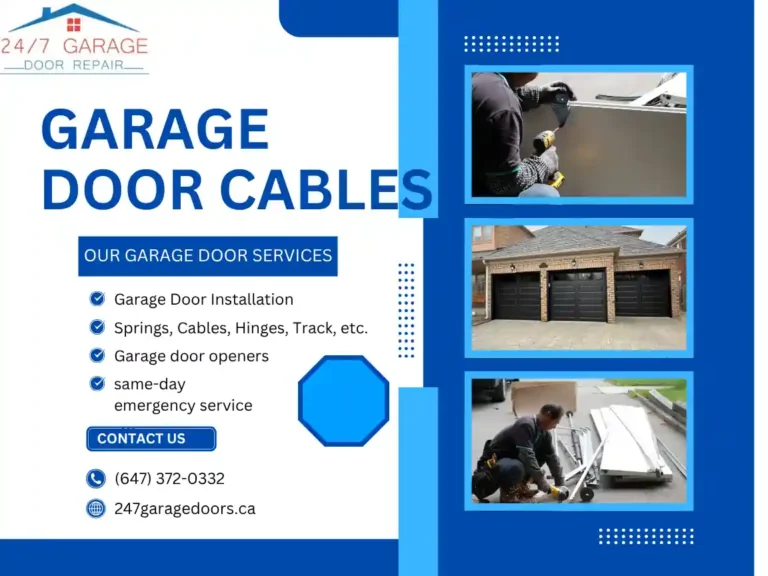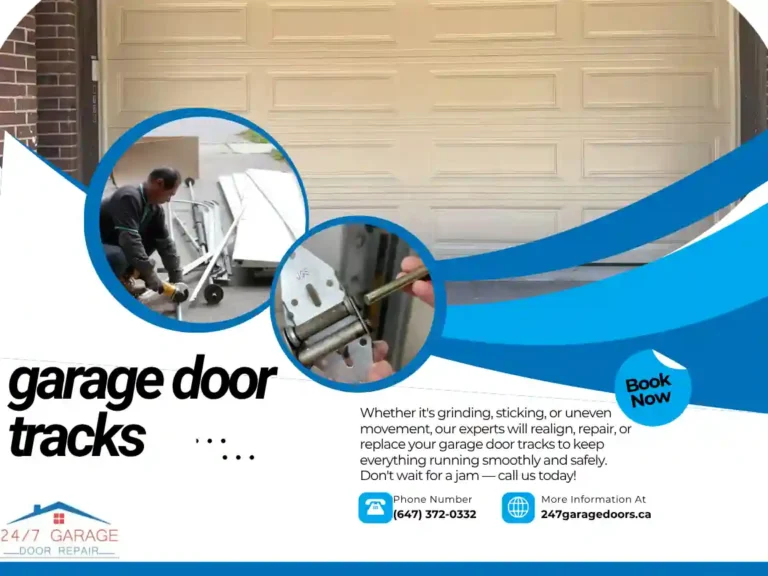Maintaining your garage door isn’t just about preserving its appearance—it’s about ensuring its functionality and extending its lifespan. With each season bringing unique weather challenges, from harsh winter winds to humid summer heat, it’s essential to have a seasonal checklist that keeps your garage door operating smoothly. Here’s a comprehensive maintenance guide that will help you address potential issues proactively and safeguard your investment.
1. Visual Inspection for Wear and Tear
Before any hands-on work, perform a thorough visual inspection of your garage door. Look for any signs of rust, cracks, or other damage on the door panels and frame. Pay special attention to the springs and cables, as these are critical components that can show signs of fraying or damage over time.
Tip: Use a flashlight to check areas that might be shadowed or harder to see clearly. If you notice any significant issues, consult a professional technician for a more in-depth inspection.
2. Lubricate Moving Parts
A well-lubricated garage door operates more smoothly and quietly. Seasonal changes can affect the performance of the metal components, so applying the right lubricant is key.
- Best practice: Use a silicone-based lubricant or white lithium grease. Avoid WD-40 as it can dry out and attract dirt.
- What to lubricate: Hinges, rollers, tracks, and springs.
3. Check and Tighten Hardware
Over time, the constant movement of the garage door can loosen bolts and screws. Inspect all the hardware, including brackets that hold the tracks in place, and tighten them as needed.
Pro tip: Use a socket wrench to ensure all screws and bolts are secure but avoid overtightening, as this could damage the components.

4. Test the Balance of the Door
An unbalanced garage door puts extra strain on the opener, leading to faster wear and potential malfunctions. To test balance:
- Disconnect the opener by pulling the release handle.
- Manually lift the door halfway. It should stay in place without assistance. If it falls or rises, the springs might need adjustment.
Important: Spring adjustments can be dangerous and should be handled by a qualified technician if they require attention.
5. Inspect the Weatherstripping
Weatherstripping plays a vital role in sealing your garage from the elements, helping with temperature regulation and preventing moisture damage. Check for cracks or peeling along the bottom and sides of the door.
- Replacement tip: Choose weatherstripping that matches your door model for the best fit and protection.
6. Clean the Tracks
Debris and dust can accumulate in the tracks, hindering smooth door movement. Use a damp cloth to wipe down the tracks and remove any buildup. For deeper cleaning, a vacuum attachment can help reach narrow areas.
Avoid: Applying lubricant directly to the tracks, as this can cause the rollers to slip instead of rolling smoothly.
7. Test the Auto-Reverse Safety Features
Garage doors should come equipped with auto-reverse mechanisms to prevent accidents. Test these features at least once per season:
- Mechanical auto-reverse: Place an object like a wooden board under the door and lower it. The door should reverse upon contact.
- Photo-eye sensors: Wave an object in front of the sensors while the door is closing to ensure it reverses.
If either of these safety mechanisms fails, they may need recalibration or professional servicing.
8. Check Opener Functionality
Ensure the opener is operating efficiently by listening for any unusual noises or slow response times. Replace the batteries in the remote control if necessary and verify that the backup battery (if applicable) is charged.
9. Examine Rollers
Rollers facilitate smooth motion along the track. Inspect them for cracks, chips, or excessive wear. If they appear damaged or haven’t been replaced in over seven years, consider upgrading them to nylon rollers for quieter operation.
10. Look for Rust and Apply a Protective Coating
Rust can compromise the durability of metal components. If you notice any rust spots, gently sand them down and apply a fresh coat of protective spray paint or a rust inhibitor.
Seasonal Insight: Before winter, applying a protective coating can prevent the development of rust due to moisture and temperature fluctuations.
11. Test Door Seals and Insulation
Maintaining insulation is essential for energy efficiency, especially during extreme temperatures. Inspect the door panels and seals for any gaps that might let air or water through.
Winter tip: Insulating the garage door can help maintain a more stable indoor temperature, reducing heating costs.
12. Update and Monitor Smart Features
If your garage door has smart controls, test their functionality, especially before travel-heavy seasons like summer and winter. Ensure the Wi-Fi connection is stable and that all app features are responsive.
Security tip: Change your passcode regularly and update the app for the latest security features.
13. Schedule Professional Maintenance
While regular checks can be handled independently, having a professional inspection annually or biannually ensures that any hidden issues are caught early. A technician can assess tension settings, perform minor repairs, and offer recommendations for long-term maintenance.
Final Thoughts: Proactive seasonal maintenance of your garage door not only enhances its reliability and safety but also prolongs its lifespan. By following this comprehensive checklist, you can prevent costly repairs and enjoy seamless operation throughout the year.
Make seasonal garage door maintenance part of your home routine, and your garage door will thank you for it!










